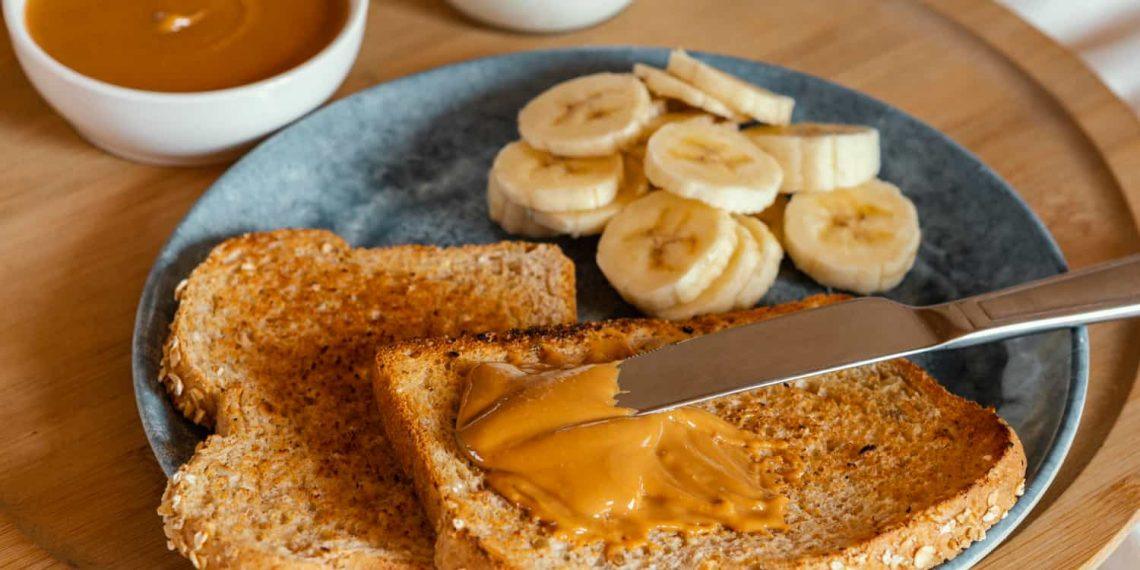What Is the BRAT Diet and Why It Still Matters
The BRAT diet is one of the simplest and most effective short-term eating plans for digestive recovery. Composed of bananas, rice, applesauce, and toast, it’s designed to be gentle on the stomach while helping the body rehydrate and recover after illness.
Whether you’re recovering from diarrhea, vomiting, or a stomach virus, this time-tested eating method is a trusted way to reduce irritation and prevent further digestive distress. And while it may not be trendy or packed with superfoods, its effectiveness is grounded in decades of real-world use.
Let’s explore why this approach still earns a place in your wellness toolbox—and how it can help you bounce back when your system is out of sync.
Contents
- 1. It Calms the Digestive System
- 2. It Helps Control Diarrhea Naturally
- 3. It’s a Pediatrician-Approved Plan for Children
- 4. It Supports Electrolyte Recovery and Hydration
- 5. It’s Simple, Affordable, and Widely Available
- 6. It Reduces Triggers for Nausea and Vomiting
- 7. It Helps Transition the Body Back to Regular Eating
- When and How to Follow This Plan
- When to Avoid It
- Is It Nutritionally Complete?
- Expert Tips to Maximize Results
- Bottom Line: Why the BRAT Diet Still Works
- FAQs
1. It Calms the Digestive System
When your stomach is inflamed from illness, the last thing it needs is a challenge. This diet gives your digestive system a chance to reset without overloading it.
Why it works:
-
Low in fat and fiber
-
No added spices or acids
-
Gentle texture and bland flavor
Each element is purposefully selected to minimize gut stimulation. That’s why it’s often the first dietary step after vomiting or diarrhea.
2. It Helps Control Diarrhea Naturally
If your system is moving too quickly, this bland food combination offers natural binding options that slow things down.
-
Bananas contain soluble fiber that absorbs excess water.
-
White rice is easily digestible and helps bulk up stools.
-
Applesauce contains pectin for stool firmness.
-
Toast provides carbs without irritating fats.
Combined, they help form a mild, consistent diet that supports healthy stool formation without the need for medication.
3. It’s a Pediatrician-Approved Plan for Children
Children are more vulnerable to dehydration and food-related nausea. That’s why pediatricians frequently recommend this eating plan after a stomach bug or bout of diarrhea.
Kid-friendly benefits:
-
Easy to chew and swallow
-
No strong flavors or smells
-
Offers mild energy sources without overwhelming their system
Pro tip: Serve these foods in small, frequent portions and focus on hydration throughout the day.
4. It Supports Electrolyte Recovery and Hydration
Vomiting and diarrhea can quickly deplete your body’s fluid and electrolyte levels. While water is essential, so is eating the right foods to help the body retain what it absorbs.
This gentle eating plan contributes by:
-
Providing potassium through bananas
-
Helping retain sodium via plain white rice
-
Offering mild sugars from applesauce to aid absorption
Combine this approach with clear fluids and electrolyte drinks for faster hydration.
5. It’s Simple, Affordable, and Widely Available
One of the best things about it is its accessibility. You don’t need supplements or expensive ingredients—just basic foods available in every grocery store.
Basic shopping list:
-
Ripe bananas
-
Plain white rice
-
Unsweetened applesauce
-
White bread for toast (no butter)
No fancy prep required—just plain foods served warm or at room temperature.
6. It Reduces Triggers for Nausea and Vomiting
Nausea is often triggered by rich, spicy, or oily foods. This recovery meal plan eliminates all of those problem ingredients, making it easier for your stomach to tolerate.
How it helps:
-
Bland foods have no overpowering scent or taste
-
Soft textures are less likely to cause gag reflexes
-
No added oils or dairy products to irritate the gut
Its mild nature makes it especially effective after food poisoning or motion sickness.
7. It Helps Transition the Body Back to Regular Eating
Once symptoms improve, this plan acts as a gentle bridge back to your normal meals. It gives your gut a foundation to rebuild from without causing setbacks.
After 24–48 hours, start introducing:
-
Mashed potatoes
-
Boiled carrots
-
Plain crackers
-
Skinless chicken or turkey
Avoid raw veggies, fried foods, or dairy until your digestion feels stable again.
When and How to Follow This Plan
Ideal situations to begin:
-
After vomiting subsides
-
Mild to moderate diarrhea
-
Post-stomach flu or food poisoning
How to do it safely:
-
Eat small portions every few hours
-
Sip clear fluids between meals
-
Avoid spicy, fried, or high-fiber foods
-
Stick with it for no more than 2 days
Remember, it’s not meant for long-term nutrition—just short-term recovery.
When to Avoid It
Although safe and effective for short-term relief, this food protocol isn’t right for everyone.
Avoid if you have:
-
Persistent or bloody diarrhea
-
High fever or signs of dehydration
-
Chronic conditions like IBS or Crohn’s
Always consult a doctor if symptoms persist beyond 48 hours.
Is It Nutritionally Complete?
No—and it’s not supposed to be. This low-residue plan is intentionally low in fat, protein, and many vitamins because its primary goal is gut relief, not long-term health.
After recovery:
-
Add protein sources like eggs or chicken
-
Reintroduce fruits and vegetables slowly
-
Return to a balanced diet for complete nutrition
Think of it as a safe first step—not a sustainable eating plan.
Expert Tips to Maximize Results
-
Toast lightly. Over-toasting makes it harder to digest.
-
Choose plain white rice, not brown—it’s easier on the gut.
-
Bananas should be ripe. Green bananas can worsen constipation.
-
Avoid dairy. It can prolong diarrhea symptoms.
-
Applesauce must be unsweetened. Added sugars can irritate the stomach.
-
Consistency is key. Stick to small, gentle meals until your body signals it’s ready to move on.
Bottom Line: Why the BRAT Diet Still Works
The BRAT diet remains one of the most effective ways to recover from stomach upset. It’s affordable, easy to follow, and backed by decades of trust. By focusing on four gentle foods—bananas, rice, applesauce, and toast—you give your digestive system the calm space it needs to heal.
Use it short-term, transition slowly, and let it support you when your gut says, “I need a break.”
Want to be prepared for your next stomach bug? Keep BRAT diet essentials stocked at home—you’ll be grateful when illness strikes.
FAQs
How long should I follow the BRAT diet?
No more than 48 hours. After that, gradually reintroduce other bland but nutritious foods.
Is it safe for children and toddlers?
Yes, pediatricians often recommend it. Just be sure to monitor hydration and consult your doctor if symptoms persist.
Can I drink milk or coffee on the BRAT diet?
No. Dairy and caffeine can irritate the stomach and prolong symptoms.
Can adults benefit from the BRAT diet?
Absolutely. It works just as well for adults recovering from digestive issues.
Is the BRAT diet good for weight loss?
No. It’s not nutritionally balanced and should never be used for dieting purposes.
Sometimes healing starts not with doing more—but with doing less. Choose simplicity, choose calm—and let the BRAT diet carry you through.
Get Your FREE Natural Health Guide!
Subscribe now and receive our exclusive ebook packed with natural health tips, practical wellness advice, and easy lifestyle changes — delivered straight to your inbox.















